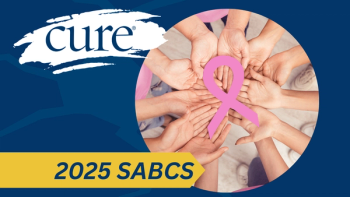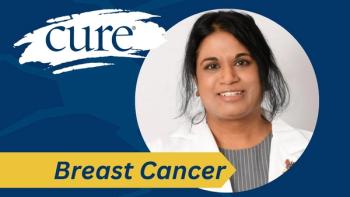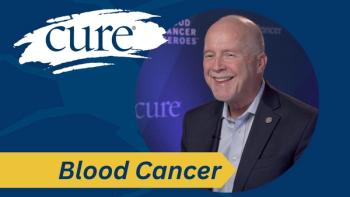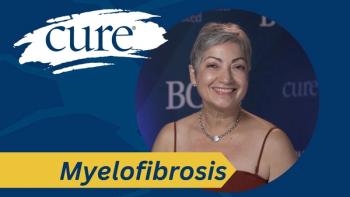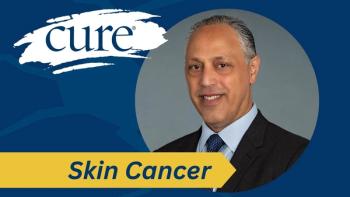
Breaking Down the Stigma and How to Better Understand Rare Blood Cancers
Dr. Neha Mehta-Shah discusses ways patients with rare blood cancers, such as lymphoma, can better understand their specific subtype of disease.
Although being dosed with cancer can oftentimes generate feelings of isolation and loneliness, being diagnosed with a rare cancer brings these feelings along with the difficulty of accessing information on the rare cancer. However, despite these feelings, patients are not alone, according to Dr. Neha Mehta-Shah who says that there are millions of people currently living with rare diseases.
To better understand the topic of rare diseases, like rare cancers, Mehta-Shah sat down for an interview with CURE, where she focused on the topic of rare blood cancers, such as lymphoma. She also discussed initial steps she recommends to help patients better understand their specific subtype, as well as how to help them feel more grounded during the early, uncertain days of their diagnoses.
Mehta-Shah is an associate professor in the Division of Oncology at Washington University School of Medicine in Saint Louis, Missouri.
Transcript:
You know, lymphomas are relatively uncommon types of cancers to begin with, and the term lymphoma actually encompasses over 100 different diseases. So, each of those diseases is quite rare overall compared to some of the more common types of cancer that we encounter, like breast cancer, prostate cancer, or lung cancer.
Consequently, I think most patients who have lymphoma feel emotionally that they are dealing with a rare diagnosis, and some patients are truly dealing with ultra-rare diagnoses, which can make it really hard to figure out how to navigate their experience, how to arrive at their diagnosis, how to identify doctors who are familiar with their diseases, and then how to get credible resources to ensure they are advocating for themselves.
For example, patients who have T-cell lymphomas, those constitute only about 10% of all non-Hodgkin's lymphomas. However, that term actually represents almost 20 different diseases. And so, you know, each of those diseases can be particularly rare.
I think some of the things that patients can do to help ground and orient themselves is, first, the Lymphoma Research Foundation does a fantastic job of providing resources for patients who have rare diseases. They have handouts written at a level that patients should be able to understand about the general overview of some of these diseases, how we approach treatment, and all of that information is really vetted and written by experts across the country. That information is highly credible and updated at least annually.
Similarly, there are certain other patient education resources available from other nonprofit organizations. Some of these include the Cutaneous Lymphoma Foundation, the Waldenstrom's Macroglobulinemia Foundation, and the Leukemia & Lymphoma Society, which present certain similar patient education or patient-facing material, as does the NCCN, the National Comprehensive Cancer Network.
This organization sets the guidelines for how to treat and diagnose these diseases, but they also have a patient-facing education section. All of these resources are really meant to help orient patients as to how to approach their diagnosis, what to expect during the course of their workup for the disease, and then what treatment options are available, as well as resources to figure out when to consider clinical trials as part of their treatment.
Transcript has been edited for clarity and conciseness.
For more news on cancer updates, research and education, don’t forget to

